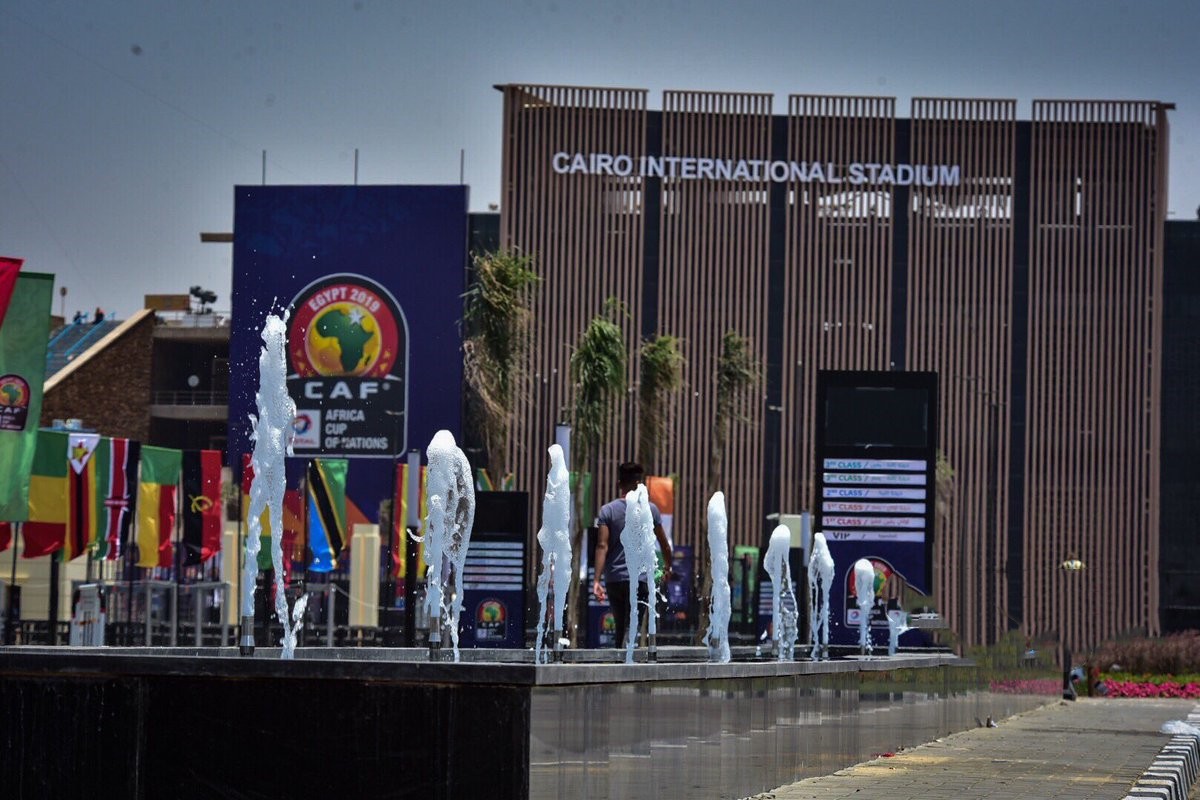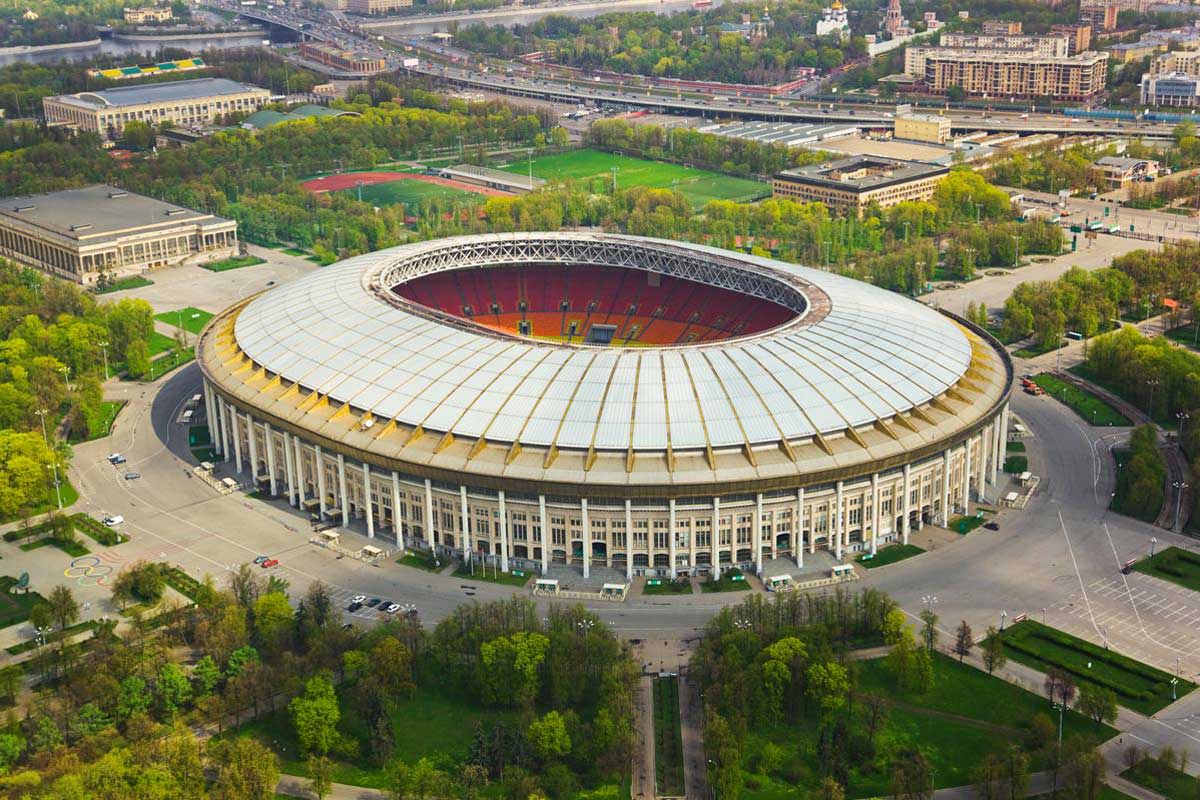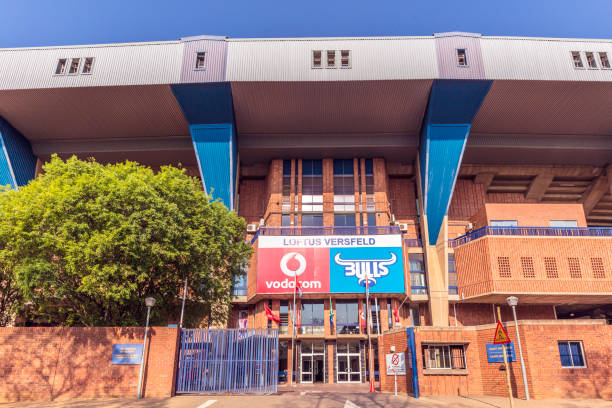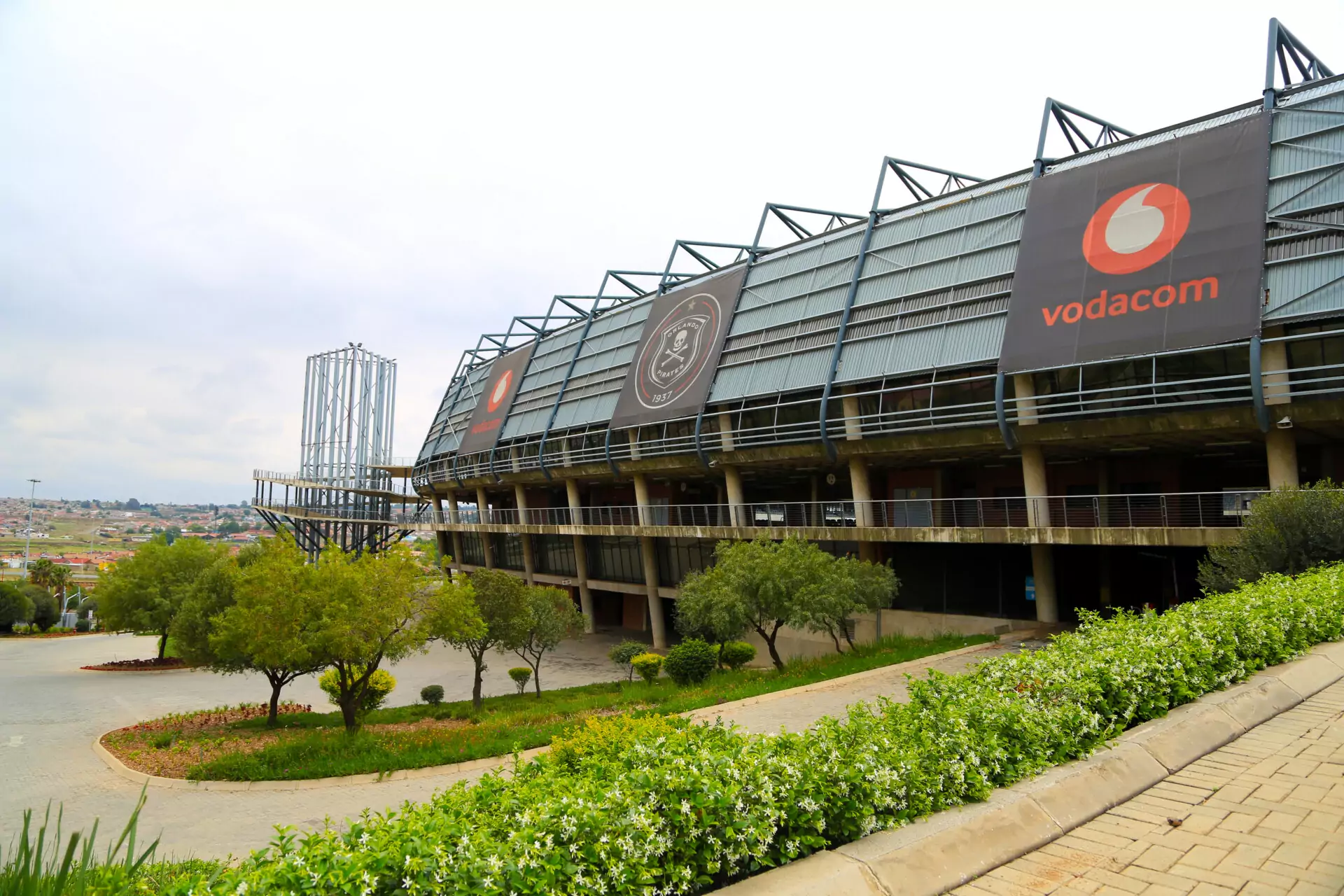Cairo International Stadium, originally known as Nasser Stadium, has been a cornerstone of Egypt’s sports scene since its opening in 1960. Initially, the stadium had an impressive capacity to accommodate over 100,000 spectators. However, unofficial records indicate that attendances could swell to over 120,000 during particularly popular events.
In 2005, the stadium underwent significant renovations to prepare for the 2006 Africa Cup of Nations, a major football tournament held in Egypt. The refurbishment included structural updates, modernized facilities, and enhanced safety measures to meet international standards. With a seating capacity of 75,000, this multi-purpose stadium has hosted a variety of events, from football matches to major concerts. Designed by the German architect Werner March, who also built the Olympic Stadium in Berlin, Cairo International Stadium boasts a modern design and Olympic-standard facilities. Located in Nasr City, northeast of Cairo, the stadium was completed in 1960 and inaugurated by President Gamal Abdel Nasser on 23 July, commemorating the eighth anniversary of the Egyptian Revolution of 1952.
The Birth of a Sporting Landmark
Cairo International Stadium, a monumental sports venue in Egypt’s capital, has played a crucial role in the nation’s football history. Its construction began in 1955, with Werner March, the renowned German architect, at the helm of its design. By the time it was completed, the stadium had become a beacon for football in Africa, with its towering stands and expansive field promising a home for many great moments to come.
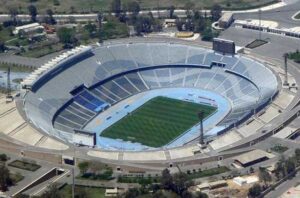
The Pharaohs and African Glory
The Egypt national football team, known as The Pharaohs, has graced Cairo International Stadium with their prowess. This team, rich with history and tradition, has won several African football championships. The Pharaohs’ first title came in 1957, marking the beginning of Egypt’s dominance in the sport. That year, they defeated Ethiopia 4-0 in Sudan, a victory that set the stage for future success.
But the Pharaohs’ achievements aren’t limited to Africa. In 1934, they made history by becoming the first African team to compete in a FIFA World Cup. Their inaugural match was against Hungary in Naples, Italy, during the tournament’s second edition. Although the journey was challenging, Egypt’s participation signaled a new era for African football on the global stage.
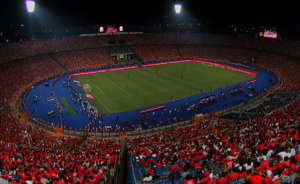
A Hub for Sports and Events
Situated about 10 km west of Cairo International Airport and about 10 km from downtown Cairo, the stadium is conveniently accessible to both locals and visitors. It underwent extensive renovations in 2005 to prepare for the 2006 African Cup of Nations, one of the most significant football tournaments on the continent. The stadium has also been the site of the 1991 All-Africa Games and has earned a reputation for its electric atmosphere during major sporting events.
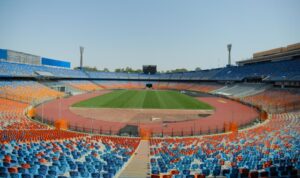
Hosting the Africa Cup of Nations
The 2006 Africa Cup of Nations
Cairo International Stadium played a central role in the 2006 Africa Cup of Nations, hosting some of the tournament’s most memorable matches. Egypt, the host nation, had a strong presence, and the stadium was often filled to near capacity. The following games were some of the highlights:
- On 20 January 2006, Egypt kicked off their campaign with a 3-0 victory over Libya in front of 65,000 fans.
- Egypt faced Ivory Coast on 28 January 2006, securing a 3-1 win with a crowd of 74,000.
- The quarter-final on 3 February 2006 saw Egypt defeat DR Congo 4-1, drawing 74,000 spectators.
- The semi-final on 7 February 2006, where Egypt triumphed over Senegal 2-1, was attended by 74,100 fans.
- The final match on 10 February 2006 was a dramatic encounter against Ivory Coast, ending in a penalty shootout that Egypt won 4-2. The attendance reached 74,100, capturing the intensity and passion of the tournament.
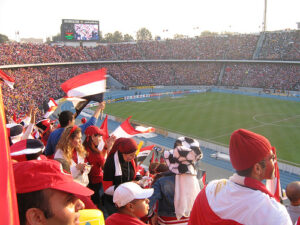
The 2019 Africa Cup of Nations
The stadium continued its tradition of hosting major football events during the 2019 Africa Cup of Nations. It was the site of several key matches, including the final between Senegal and Algeria, which saw a capacity crowd of 75,000 fans. Notable games included:
- Egypt’s opening match against Zimbabwe on 21 June 2019, where they won 1-0 in front of 73,299 spectators.
- The quarter-final between Nigeria and South Africa on 10 July 2019, attracting 48,343 attendees.
- The semi-final on 14 July 2019, where Algeria defeated Nigeria 2-1 with 49,775 in attendance.
- The final on 19 July 2019, where Algeria emerged victorious over Senegal with a 1-0 win in front of 75,000 spectators, marking an exciting end to the tournament.

A Venue for National and Club Matches
Cairo International Stadium is a favored location for the Egypt national football team’s matches. Although it is not the permanent home for any club, several Cairo-based teams, including the top-tier clubs Al Ahly and Zamalek, use the stadium for their high-profile games. These clubs typically play their regular-season home matches at smaller stadiums across Cairo or elsewhere in Egypt, reserving Cairo International Stadium for larger events or significant derbies.
Al-Ahly: A Legacy of Excellence
Al-Ahly, one of Egypt’s most prestigious football clubs, calls Cairo International Stadium home for their high-profile matches. Founded in 1907, Al-Ahly quickly established itself as a force to be reckoned with. Their first Egyptian football championship came in 1949, a season in which they won 13 of their 20 league games. In 2021, Al-Ahly made headlines again, becoming the first football club with 10 African championship titles after defeating the Kaizer Chiefs from South Africa in Casablanca, Morocco. This remarkable achievement solidified Al-Ahly’s place in football history and underscored their legacy of excellence.

Zamalek: A Fierce Rivalry with Al-Ahly
Zamalek, another prominent Egyptian football club, also uses Cairo International Stadium for its home matches. The club has a storied history and is considered one of the first African sports clubs to be valued at over $10 million. Zamalek won their 10th top-flight league title in 2003, at a time when their fierce rivals, Al-Ahly, had already amassed 29 titles. The rivalry between Al-Ahly and Zamalek is legendary, often attracting crowds of over 100,000. These matches are more than just games; they are intense showdowns that capture the passion and spirit of Egyptian football.

Ahmed Hassan: A Football Icon
Ahmed Hassan, a former midfielder, is a football legend who played for both Al-Ahly and Zamalek. With 184 appearances for the Egypt national team, he holds the record for the most-capped male football player in history. His career is filled with accolades, including multiple African championship titles. In 2008, he scored in the final of the African championship for football clubs, leading Al-Ahly to victory. He concluded his professional career with Zamalek in 2013, but his legacy lives on. Hassan’s journey took him across Africa, Asia, and Europe, showcasing his talent and versatility on a global stage.
![]()
A Venue of Historic Significance
Cairo International Stadium has been the backdrop for some of the most iconic moments in Egyptian football. From the Pharaohs’ early successes to the intense rivalries between Al-Ahly and Zamalek, the stadium has witnessed it all. It’s a place where dreams are realized, records are broken, and legends are made. As the heart of Egyptian football, Cairo International Stadium continues to inspire new generations of players and fans, ensuring that its legacy endures for years to come.
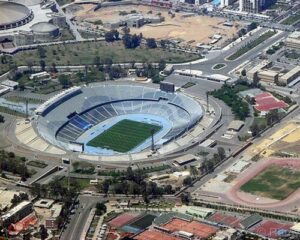
Transport Connections and Accessibility
The stadium is located in the Nasr City suburb, northeast of Cairo’s metropolitan area. It’s conveniently positioned about 10 kilometers from both central Cairo and Cairo International Airport, making it accessible to locals and visitors alike. To reach the stadium, many fans opt to take a taxi, which is a common and straightforward mode of transportation in Cairo. Alternatively, you can inquire locally about appropriate bus routes to find a cost-effective way to get there.
Address
For those visiting Cairo International Stadium, the address is Al Estad, Nasr City, Cairo. This location, coupled with the stadium’s storied history and modern facilities, ensures that it remains a central hub for Egypt’s sporting events and a must-visit for football enthusiasts.
Conclusion
Cairo International Stadium is more than just a sports venue; it’s a symbol of Egypt’s rich history and vibrant culture. From hosting international football matches to welcoming iconic performances, the stadium has played a significant role in shaping the country’s sporting landscape. With its storied past and ongoing renovations, Cairo International Stadium continues to be a beacon for sports enthusiasts and a testament to Egypt’s enduring spirit.
Other Articles:
Also See: Stade des Martyrs de la Pentecôte: The Heart of Congolese Sport and Culture
Also See: Borg El Arab Stadium: Egypt’s Massive Arena
Also Check: Exploring Moses Mabhida Stadium: A Landmark in Durban, South Africa
Also Check: Loftus Versfeld Stadium: A Premier Sports and Entertainment Venue
Also Check: FNB Stadium “The Calabash”: South Africa’s Colossal Venue with a Historic Legacy
